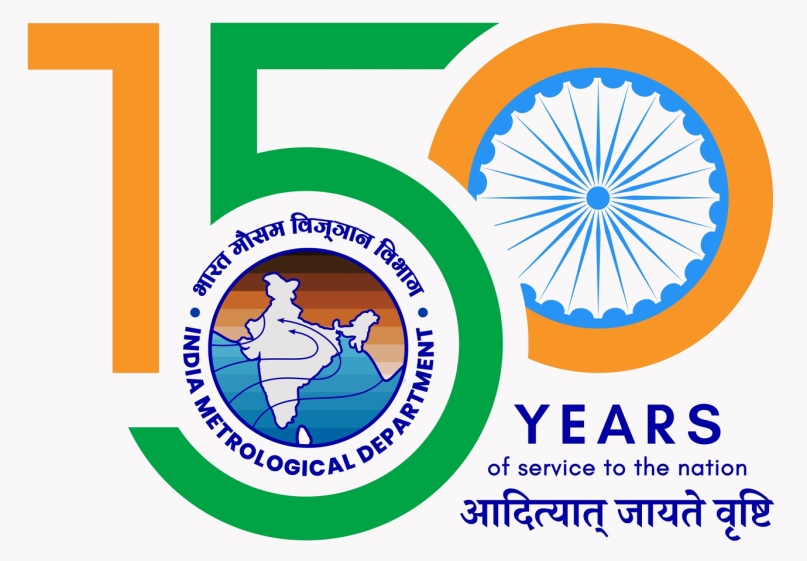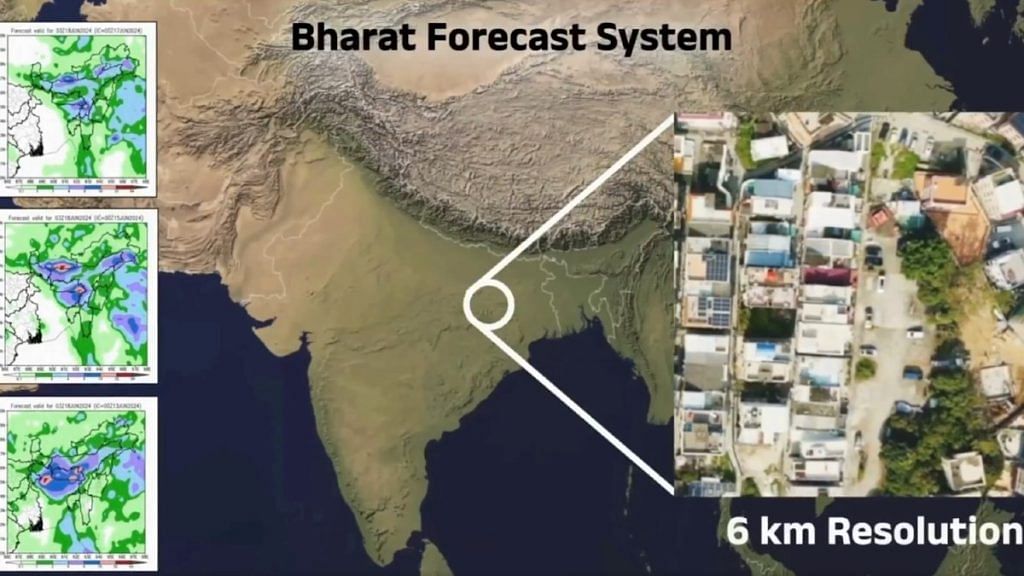Context-
Weather affects every part of our lives. From farmers planning when to sow crops to city residents preparing for floods or heatwaves, accurate weather information is essential. In India, this responsibility falls on the India Meteorological Department (IMD), an organisation that has been working for 150 years to improve weather forecasting and protect people from natural disasters. Over time, the IMD has grown into a modern scientific agency, using advanced technology to predict weather more precisely and help the country prepare for the challenges of climate change.
Origins and Early Role:
The IMD was created after severe disasters like the Calcutta cyclone in 1864 and famines in 1866 and 1871 that showed the need for better weather prediction. It unified the scattered work of the Calcutta, Madras (Chennai), and Colaba observatories. In its early years, IMD mainly focused on monsoon predictions and cyclone warnings to protect shipping and colonial trade.
Over time, IMD’s role expanded, especially after independence, to cover all sectors important for public safety, agriculture, and disaster risk reduction.
Key Functions:
IMD now works under the Ministry of Earth Sciences (MoES) and has several important responsibilities:
- Weather Forecasting: Daily updates for the public, plus special forecasts for aviation, shipping, and agriculture.
- Extreme Weather Alerts: Warnings for cyclones, heatwaves, cloudbursts, and heavy rains. IMD is the regional nodal agency of the World Meteorological Organization (WMO) for cyclone warnings in the Indian Ocean.
- Climate Services: Monitoring climate trends and collecting long-term data.
- Seismology: Detecting earthquakes and managing the Indian Tsunami Early Warning Centre (ITEWC).
- Meteorological Statistics: Supplying data for agriculture, water management, and infrastructure.
- Research: Promoting studies in meteorology and improving prediction models.
Significance of Accurate Weather Predictions:
Accurate forecasts are crucial for a large and diverse country like India:
- Preparedness: High-quality predictions help people prepare for extreme weather, manage power supply, and plan farming.
- Public Safety: Clear warnings save lives. For example, lightning strikes were the top cause of weather-related deaths in 2022, killing 2,821 people, as per the NCRB.
- Resource Management: Good forecasts help plan evacuations and relief. During Cyclone Amphan in 2020, accurate predictions led to the evacuation of over a million people in West Bengal and Odisha.
Major Initiatives for Better Forecasts:
IMD has launched several projects to improve accuracy and reach:
Monsoon Mission
The Monsoon Mission uses Numerical Weather Prediction (NWP) models and High-Performance Computing (HPC) to forecast monsoon rainfall more effectively. Its success was clear when IMD correctly predicted the early monsoon onset over Kerala.
Bharat Forecast System
Recently, IMD adopted the Bharat Forecast System (BFS) developed by the Indian Institute of Tropical Meteorology (IITM).
- It uses 6 km x 6 km grids (earlier models used 12 km grids), offering more detailed forecasts down to panchayat level.
- Forecast accuracy is expected to improve by 64%, with 30% better prediction of extreme events.
- This model outperforms systems in the US, UK, and EU, which have 9–14 km resolution.
Multi-Hazard Early Warning Systems
The Multi-Hazard Early Warning System (MHEWS) combines Doppler Radars and advanced models to issue alerts for cyclones, floods, and heatwaves. This system helped during the recent floods in Northeast India, though over 50 people still lost their lives.
Mission Mausum
Launched in 2024, Mission Mausum aims to make India a weather-ready and climate-smart nation, using Artificial Intelligence (AI) for more precise predictions.
Agricultural and Air Quality Services
IMD also supports farming and pollution control:
- Agro-Meteorological Advisory Services (AAS): Guides farmers on sowing, irrigation, and harvesting.
- Gramin Krishi Mausam Sewa (GKMS): Delivers block-level forecasts to millions of farmers.
- Air Quality Early Warning System (AQEWS): Provides pollution updates in cities, helping governments plan clean air actions.
Digital Public Outreach
IMD has launched apps and platforms to bring weather information closer to people:
- Mausam App: Real-time weather updates for everyone.
- Mausamgram: Hyper-local forecasts for 2.6 lakh gram panchayats.
These tools improve last-mile delivery of warnings, which is vital in rural India.
Challenges in Weather Forecasting
Despite progress, IMD faces several hurdles:
- Inadequate Ground Stations: India needs over 3,00,000 ground stations and about 70 Doppler Radars, but currently has around 800 AWS, 1,500 rain gauges, and only 37 radars.
- This gap affects data collection, especially in rural and remote regions, forcing reliance on old rainfall records.
- Technological Constraints: Limited budget slows the installation of advanced systems.
- For example, only five radars cover the entire west coast. Cities like Ahmedabad, Bengaluru, and Jodhpur, prone to floods, still lack radars.
- Climate Change: More frequent, unpredictable events like Kerala’s landslides or Sikkim lake outbursts make forecasts harder.
- Accuracy Issues: While forecasts have improved, local accuracy remains a problem.
- For example, IMD got Mumbai’s rainfall prediction wrong about 40% of days in July 2024 (Indian Express).
- Coordination with Local Authorities: Sometimes poor collaboration delays action.
- In October 2023, heavy rains in Uttarakhand showed weak coordination as local agencies were slow to act despite IMD warnings.
- Varied Climate Zones: India’s diverse geography—mountains, plains, coasts—creates localised weather that is hard to predict.
The Way Forward
To strengthen India’s climate resilience, IMD must:
- Upgrade observation infrastructure: Add more Doppler Radars, AWS, and satellite systems.
- Expand AI and machine learning models: For better hyper-local predictions.
- Improve last-mile communication: Use community-based systems and multilingual platforms.
- Train more experts and fund research: To create indigenous solutions tailored to India’s needs.
- Work closely with international agencies: For data sharing and disaster planning.
Conclusion
For 150 years, the IMD has evolved from colonial cyclone warnings to a modern agency that safeguards lives and supports India’s economic growth. Its accurate forecasts are essential for disaster preparedness, agriculture, and public health. With better funding, technology, and coordination, IMD can become the backbone of India’s fight against climate change and ensure safety for millions.
| Main Question: |








